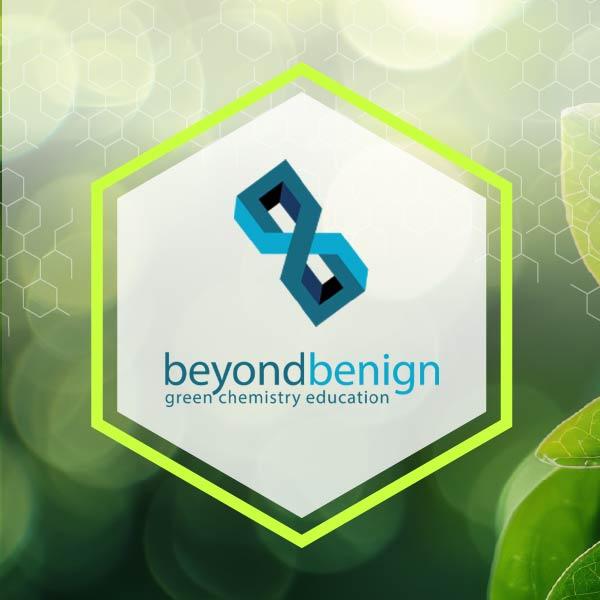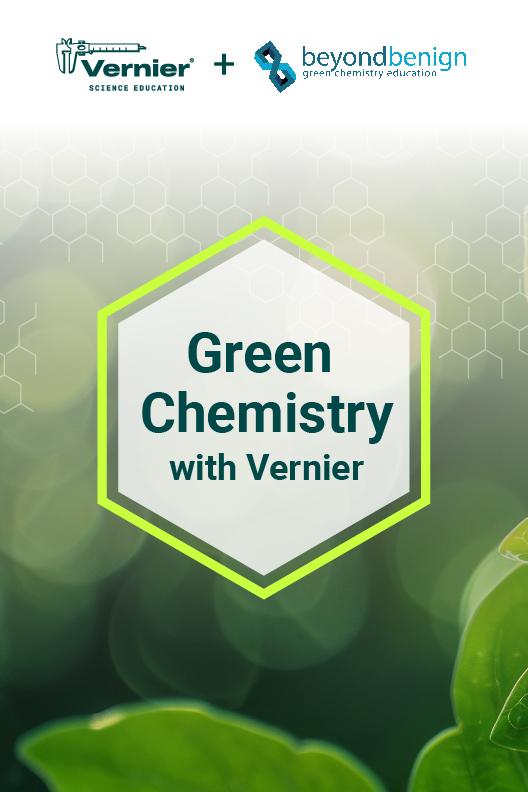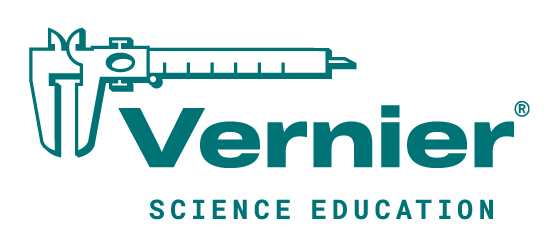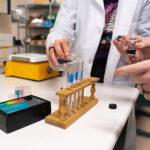
Sharing ideas and inspiration for engagement, inclusion, and excellence in STEM

At Beyond Benign, we believe chemistry education can be a powerful force for good. Green chemistry offers educators a practical way to teach core science concepts while prioritizing human health, environmental responsibility, and innovation. In this blog post, we’ll explore what green chemistry is, why it matters, and how educators at both the K–12 and university/college (Higher Ed) levels can get started integrating it into their teaching.
Why Green Chemistry?
Green chemistry is the design of chemical products and processes that reduce or eliminate the use and generation of hazardous substances. Guided by the 12 Principles of Green Chemistry, it’s a way of practicing chemistry that encourages safer choices in materials, waste prevention, energy efficiency, and a mindset that prioritizes sustainability from the start—not as an afterthought.
But green chemistry is more than a list of rules—it’s a shift in how we think about chemistry and its role in our world. By introducing students to this approach, we help them connect classroom learning to real-world issues—from designing safer pharmaceuticals and cosmetics to engineering better batteries using more abundant, less toxic metals.
Getting Started by Education Level
For K–12 Classrooms
Green chemistry in K–12 classrooms often starts with accessible, hands-on investigations that spark scientific curiosity while emphasizing safety, sustainability, and real-world relevance. These explorations can reinforce core concepts while modeling sustainable practices.
Examples include
- Using plant-based dyes instead of synthetic ones
- Exploring the environmental impacts of common household products
- Designing experiments that reduce waste and energy use and promote a circular economy
- Exploring biomimicry and how it can inspire innovative technologies
Because green chemistry naturally aligns with NGSS and other state standards, it can be woven into instruction throughout the year. Beyond Benign offers many ready-to-use, standards-aligned replacement labs that make it easy to bring green chemistry into your existing curriculum.
Best of all, many green chemistry experiments are more affordable and safer to conduct. Using everyday materials often reduces costs and eliminates hazardous waste disposal challenges.
Get started with our K–12 resources here.
For College Classrooms and Labs
At the university/college level, green chemistry becomes both a teaching lens and a subject of study. Students explore everything from molecular design and greener solvents to life-cycle analysis and sustainability metrics like atom economy.
Instructional strategies might include
- Evaluating the “greenness” of traditional synthesis methods
- Redesigning labs using less toxic reagents or renewable feedstocks
- Investigating alternatives to rare or hazardous elements in applications like battery design or catalysis
More colleges and universities are integrating these practices into their lab curricula—not just to align with sustainability goals, but to improve efficiency and safety. Evidence supports this shift: a three-year pilot study at St. Olaf College showed a 30% decrease in hazardous waste generation after introducing green chemistry labs.
And the trend is mirrored in the job market: postings requiring green skills rose by over 22% last year, outpacing the growth of the talent pool. For students, this signals expanding opportunities in industries like pharmaceuticals, materials science, and environmental technology—where sustainability is increasingly core to innovation.
Get started with our higher education resources here.
Small Steps, Big Impact
You don’t need to overhaul your entire curriculum to begin integrating green chemistry. Start with manageable changes that support student learning and sustainability:
- Redesign one lab with safer, low-toxicity chemicals.
- Reduce the scale of your teaching labs wherever possible to produce less product mass and waste per student (but maintaining enough for follow-up purification and analysis).
- Use grocery store materials to demonstrate chemical principles in a more affordable and accessible way.
- Incorporate a short discussion on one or more of the 12 Principles of Green Chemistry during a relevant unit.
- Encourage students to reflect on the environmental and human impact of chemical processes.
- Explore replacement labs that align with your standards and reduce hazardous waste.
Green chemistry experiments are not only safer—they’re often more cost-effective and easier to manage. Over time, these small changes help foster a culture of sustainability in your classroom or lab and empower students to see themselves as part of the solution.
At Beyond Benign, we’re here to support you with the tools, training, and community you need to bring green chemistry into your teaching. Looking for more ideas from fellow teachers and educators? Join the Green Chemistry Teaching and Learning Community (GCTLC)—our collaborative platform for everyone in the green chemistry community to share, connect, learn, and grow.
Call for Papers

Beyond Benign is partnering with Vernier Science Education to create a collection of educator-authored green chemistry experiments featuring Vernier technology. This collection will be shared on the GCTLC platform and spotlight sustainable, data-driven investigations for K–12 and college classrooms.
If you’ve developed a lab or activity that supports green chemistry and engages students through hands-on data collection, we encourage you to submit it as part of our open call. Submissions are open through September 30, 2025.
About Beyond Benign
Beyond Benign is a nonprofit organization that develops and disseminates green chemistry and sustainable science educational resources that empower educators, students, and the community at large to practice sustainability through chemistry. Questions? Reach out to Dr. Omar Villanueva (omar_villanueva@beyondbenign.org) or Dr. Jonathon Moir (jonathon_moir@beyondbenign.org) to learn more.
Learn more about how Vernier supports incorporating green chemistry in your classroom or lab—with real-time sensors and free downloadable experiments. Questions? Reach out to chemistry@vernier.com, call 888-837-6437, or drop us a line in the live chat.
Share this Article

Sign up for our newsletter
Stay in the loop! Beyond Measure delivers monthly updates on the latest news, ideas, and STEM resources from Vernier.






